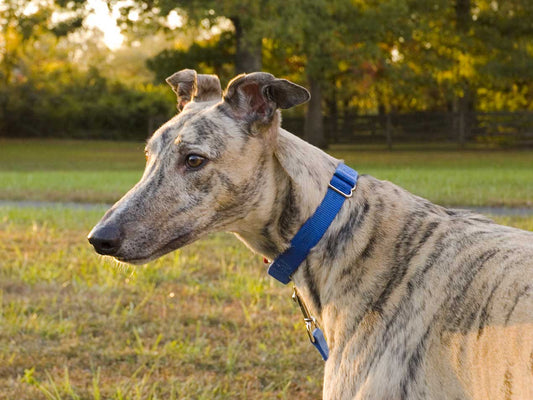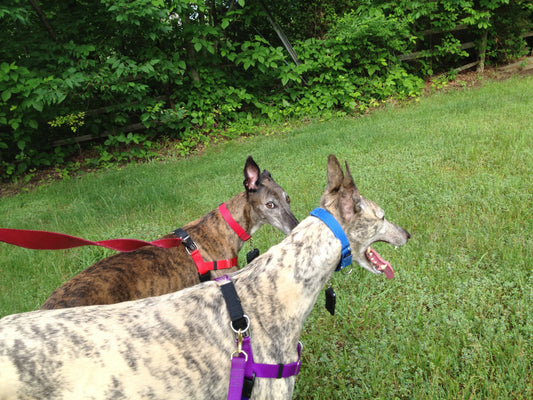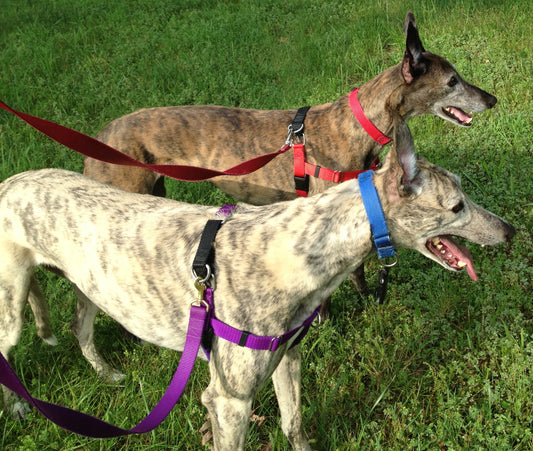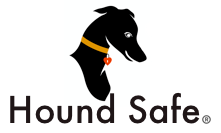News

Is it Okay to Muzzle My Dog?
There are good times and bad times to muzzle a dog, and good and bad muzzle designs. Here are some great pointers on dog muzzles.
Is it Okay to Muzzle My Dog?
There are good times and bad times to muzzle a dog, and good and bad muzzle designs. Here are some great pointers on dog muzzles.

Leash Thoughts - Part II, Teaching Calmness
Continuing on from my first Leash Thoughts post, I want to share my technique for teaching a new dog how to deal with strange dogs walking by and avoiding leash...
Leash Thoughts - Part II, Teaching Calmness
Continuing on from my first Leash Thoughts post, I want to share my technique for teaching a new dog how to deal with strange dogs walking by and avoiding leash...

Should I Muzzle a Dog That Eats Everything?
Our dogs are so sweet and loving, we'd do nearly anything for them. We buy them pretty collars, coats, call them affectionate names... and then they go and do something...
Should I Muzzle a Dog That Eats Everything?
Our dogs are so sweet and loving, we'd do nearly anything for them. We buy them pretty collars, coats, call them affectionate names... and then they go and do something...

Leash Thoughts - Part I
Over the many years I've been walking my dogs, I've had some observations and developed some thoughts about leashes. The first thing I've noticed is that some dogs are more...
Leash Thoughts - Part I
Over the many years I've been walking my dogs, I've had some observations and developed some thoughts about leashes. The first thing I've noticed is that some dogs are more...

Make Car Travel Safe for your Pup!
Do you worry about your pup's safety when you take him for rides? I sure do! Well, I have exciting news to share! I've discovered a product made by Sleepypod...
Make Car Travel Safe for your Pup!
Do you worry about your pup's safety when you take him for rides? I sure do! Well, I have exciting news to share! I've discovered a product made by Sleepypod...

Spotting Discomfort in Your Dog
Like people, dogs experience a large range of emotions and moods. They also are quite capable of experiencing mixed emotions!
Spotting Discomfort in Your Dog
Like people, dogs experience a large range of emotions and moods. They also are quite capable of experiencing mixed emotions!
